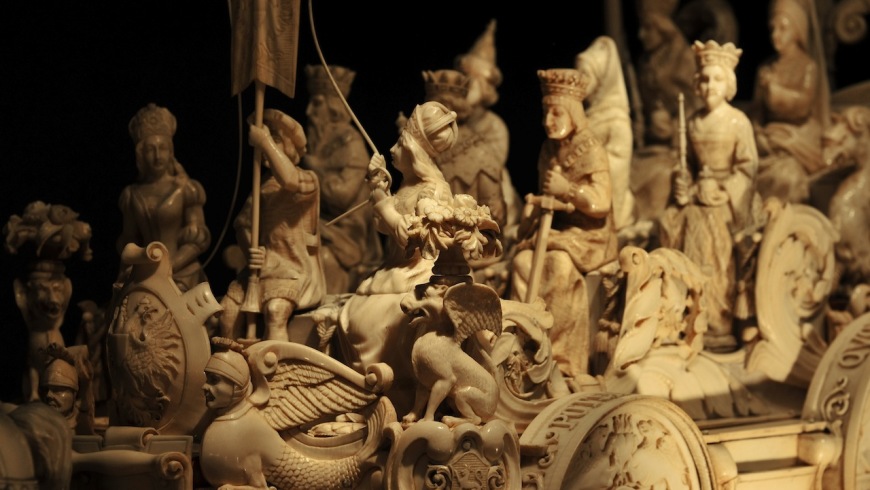
The most popular Wunderkammer of Europe entirely devoted to works of art in ivory is in Erbach, in Odenwald, southernmost tip of the Land Hessen central western Germany. It is the Deutsches Elfenbeinmuseum (German Ivory Museum) set up in 1966. The core of the collection on display is due to Count Franz I von Erbach-Erbach (owner of those lands between the middle of the 1700’s and 1823) and to his mania to tackle elephant tusks with chisels, drills and lathes to produce jewelry and figurines. That of his nephew Eberhard was, instead, to pick up Roman antiquities, real and fake, the same that can be seen today in the halls of the castle, the Schloss, which was acquired in 2005 by the Land government paying out € 13 million.
Franz was well traveled, like every descendant of blue blood in the era of the Enlightenment, and had access to the Wunderkammer of half of Europe, decided, in order to meet his urgent passion, to import into the Land of Hessen African ivory tusks and give them to his artisans to manufacture, who were sculptors already with experience in wood and horn. He founded a school as needed, in 1783, which would have survived him more for than two centuries and improved the talents of local youths (Christian Wegel – Ernst Kehrer – Johann Michel) to whom no one now denies the title of artist.
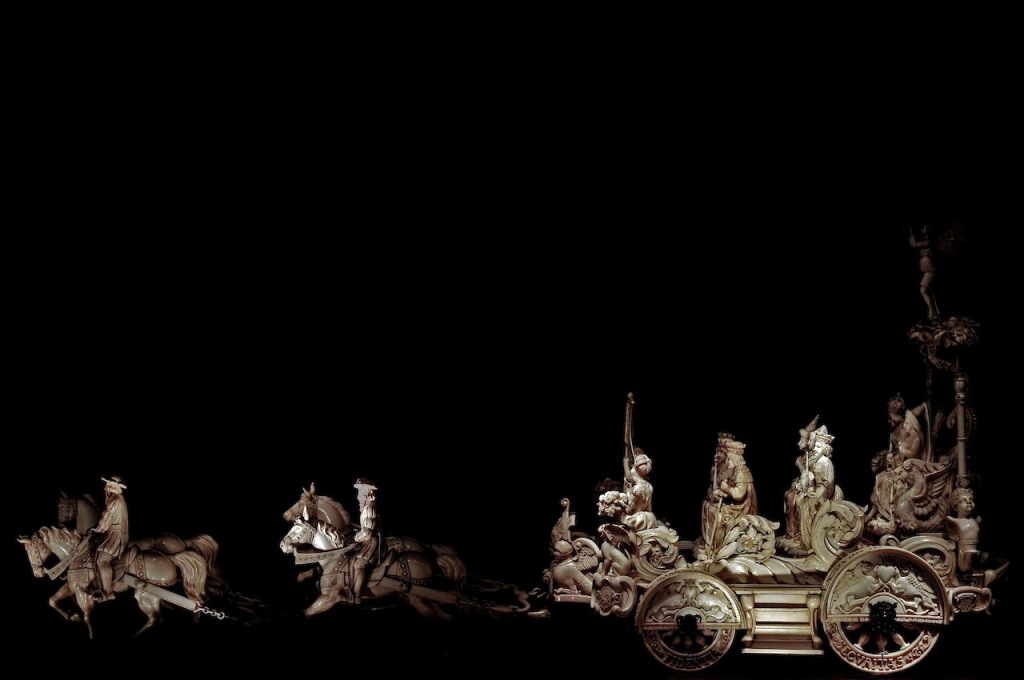
The triumphal car of Emperor Maximilian (after Albrecht Dürer) – Dresden, XIX century • Il carro trionfale dell’imperatore Massimiliano (da un motivo di Albrecht Dürer) – Dresda, XIX secolo
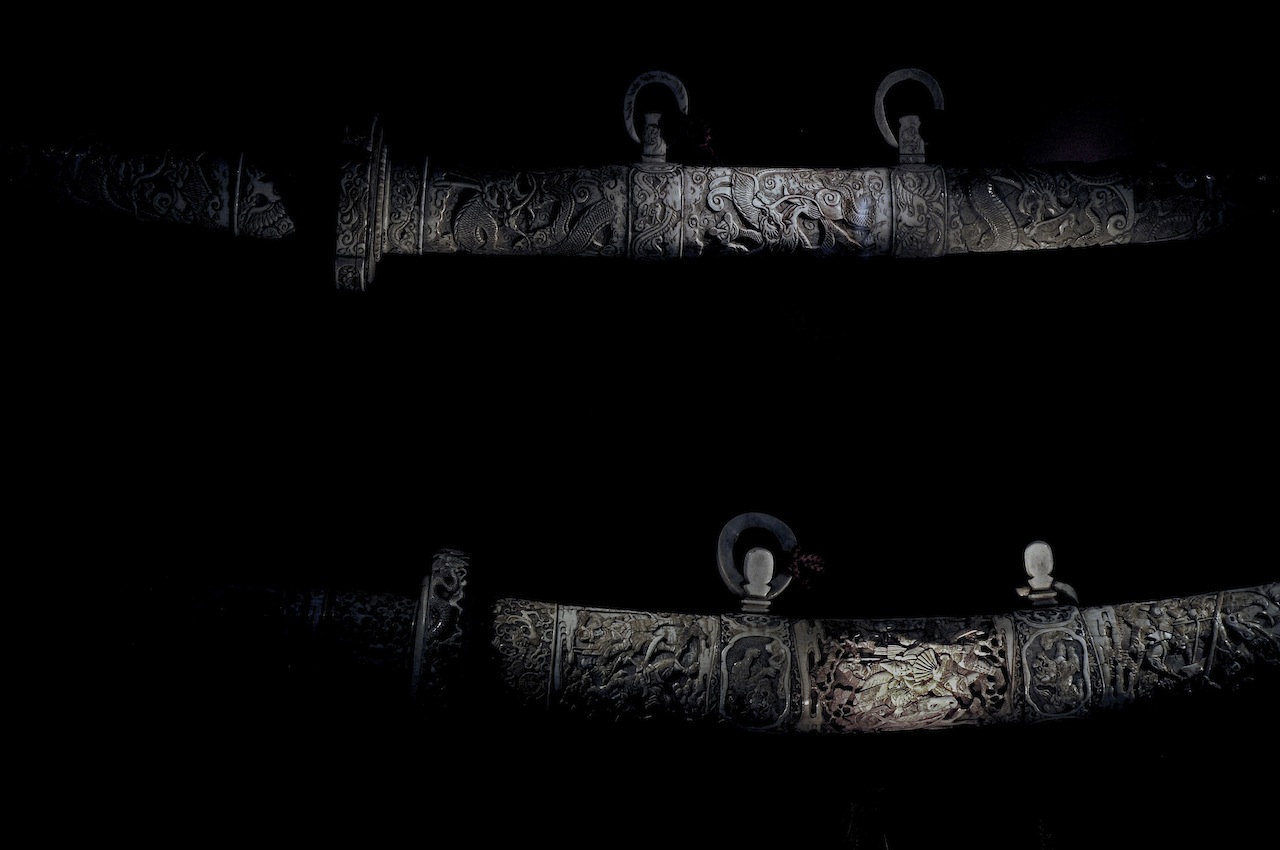
Sabres – Japan, XXth century • Sciabole – Giappone, XX secolo
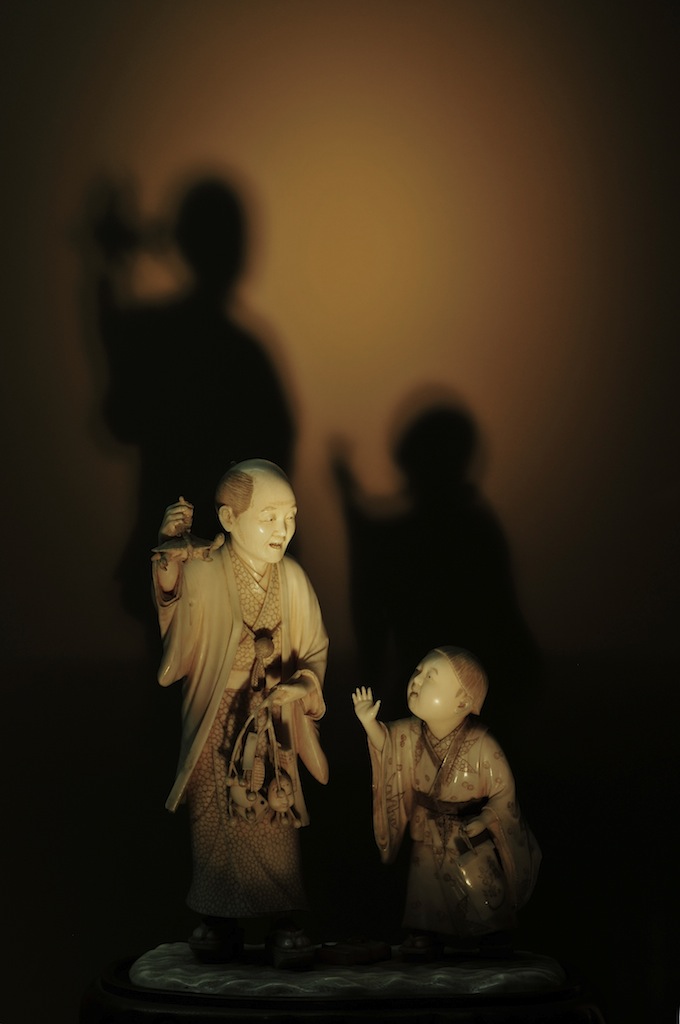
Man with child and tortoise – Japan, beginning of XXth century • Uomo con bambino e tartaruga – Giappone, inizi del XX secolo
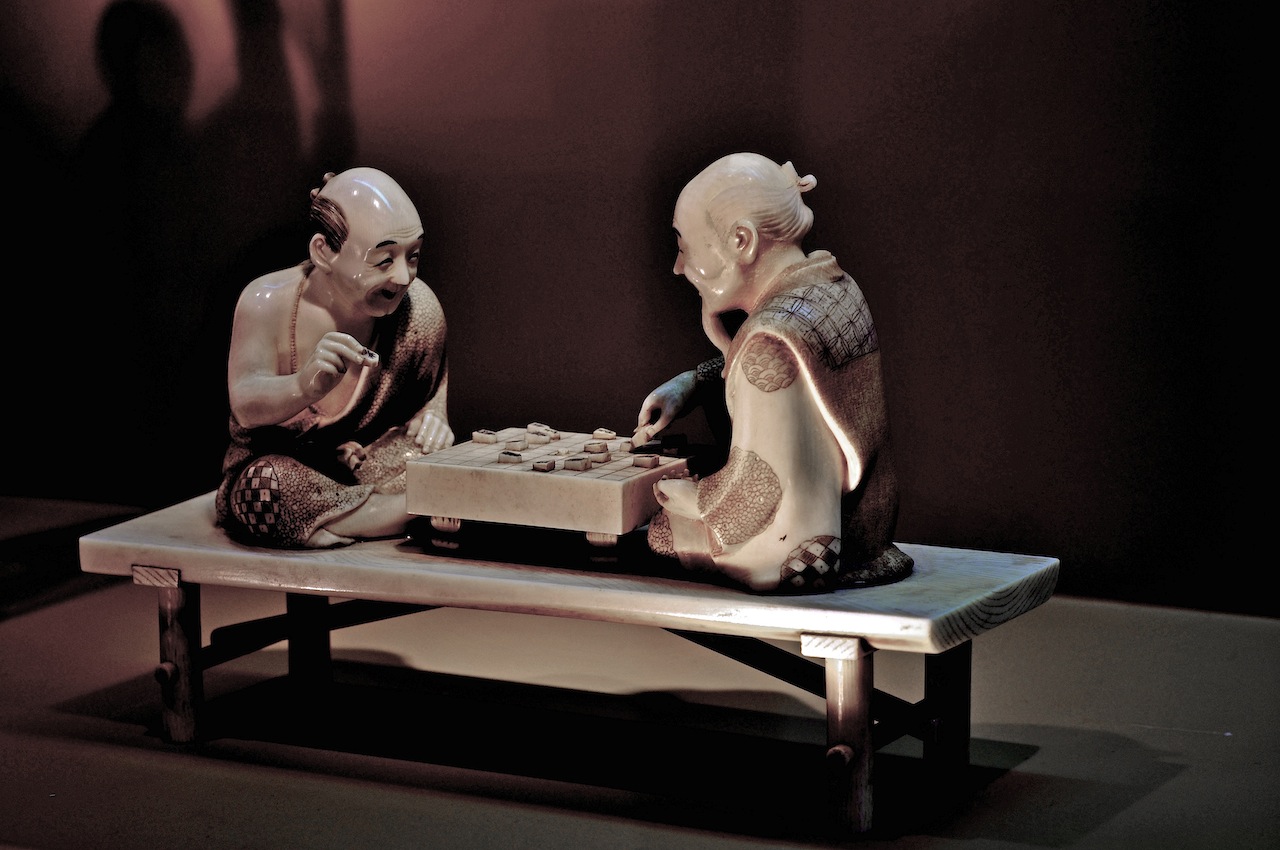
Players of Shogi – Japan, beginning of XXth century • Giocatori di Shogi – Giappone, inizi del XX secolo
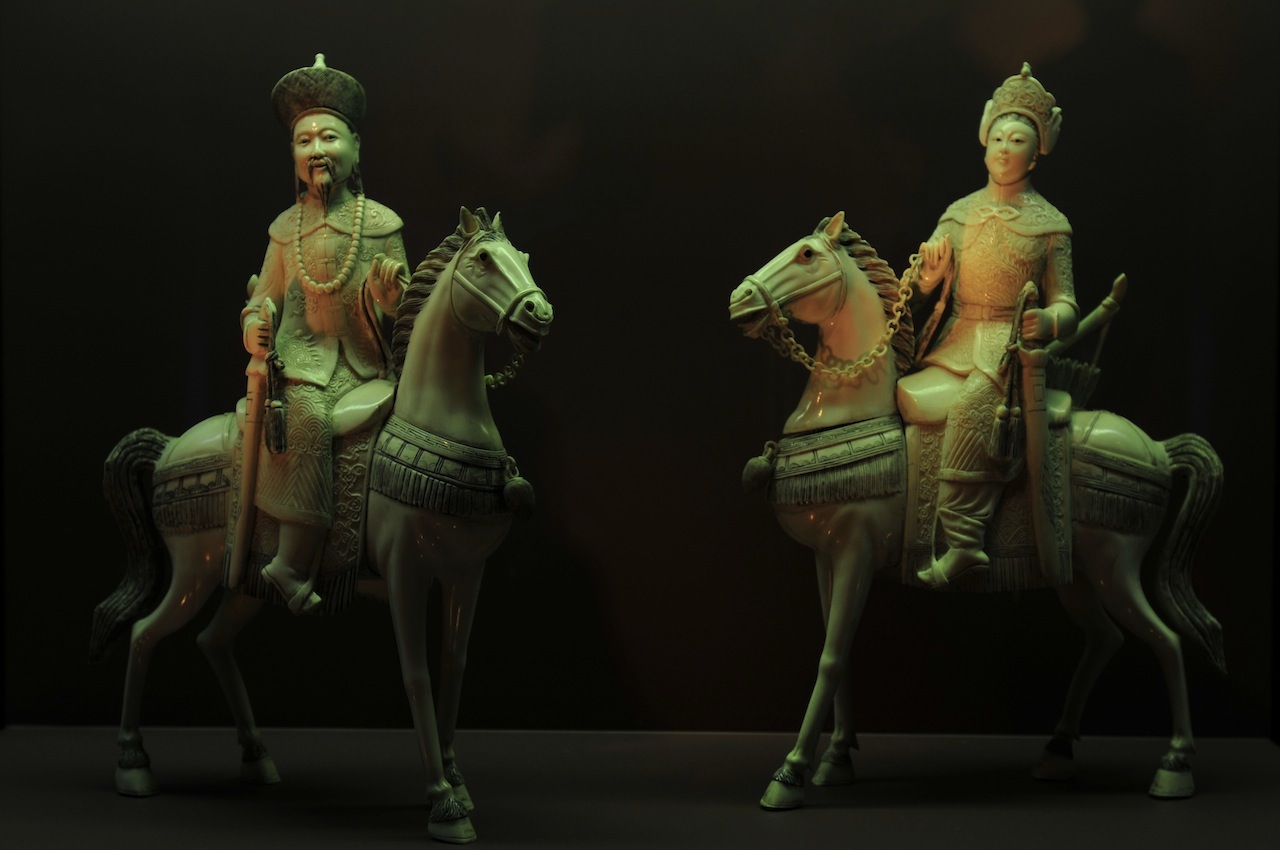
Imperial couple on horse – China, XXth century • Coppia imperiale a cavallo – Cina, XX secolo
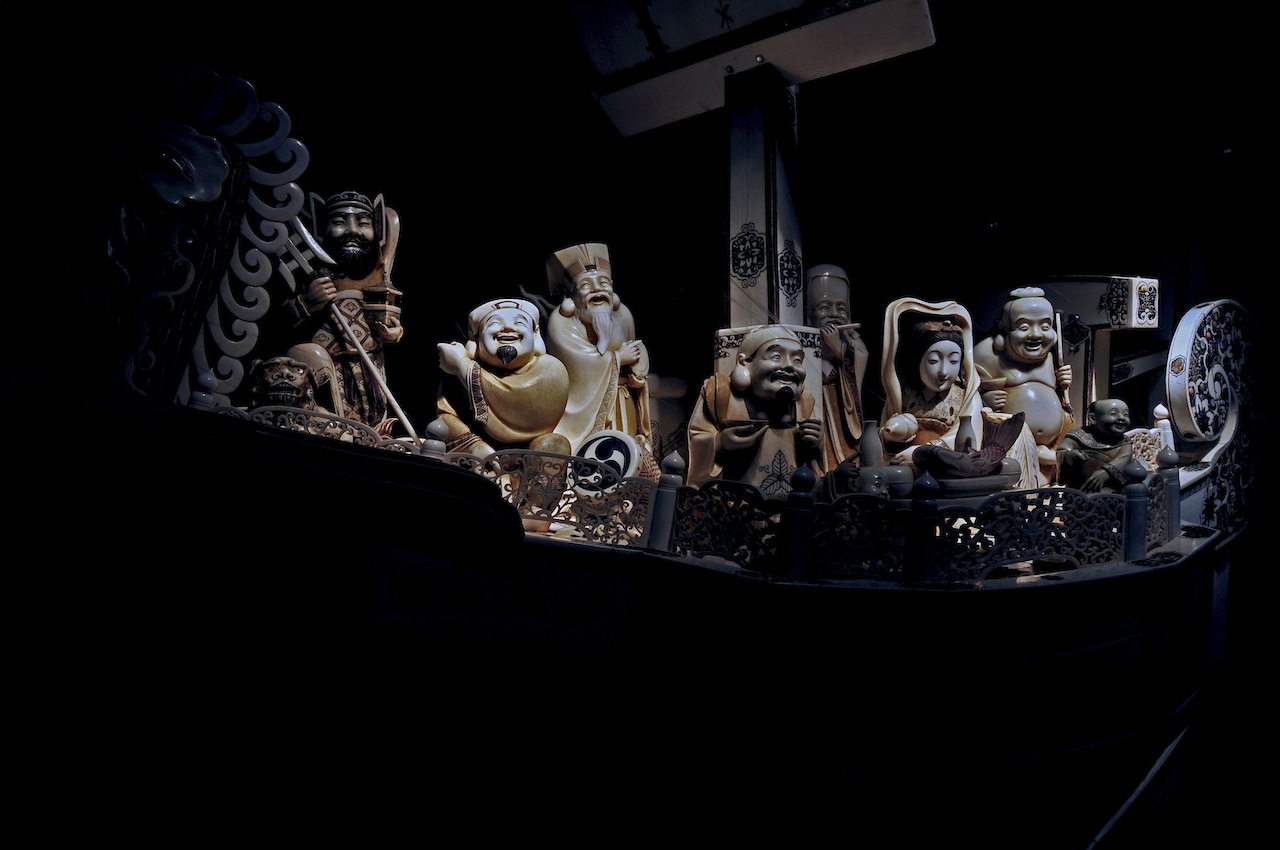
The boat of the Gods of Fortune – Japan, XIXth century • La nave degli dei della Fortuna – Giappone, XIX secolo
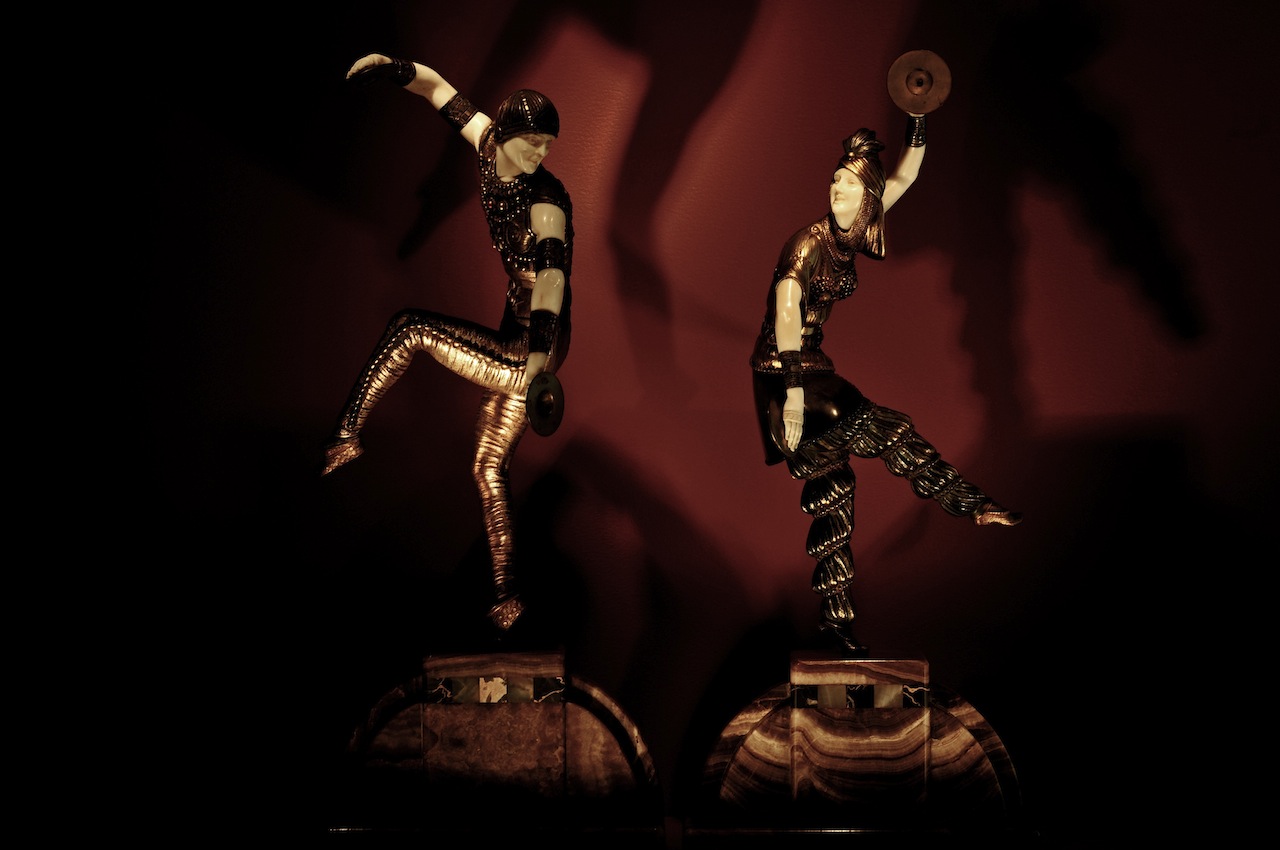
Dancers with cymbals – Germany, XXth century • Ballerini con cimbali – Germania, XX secolo
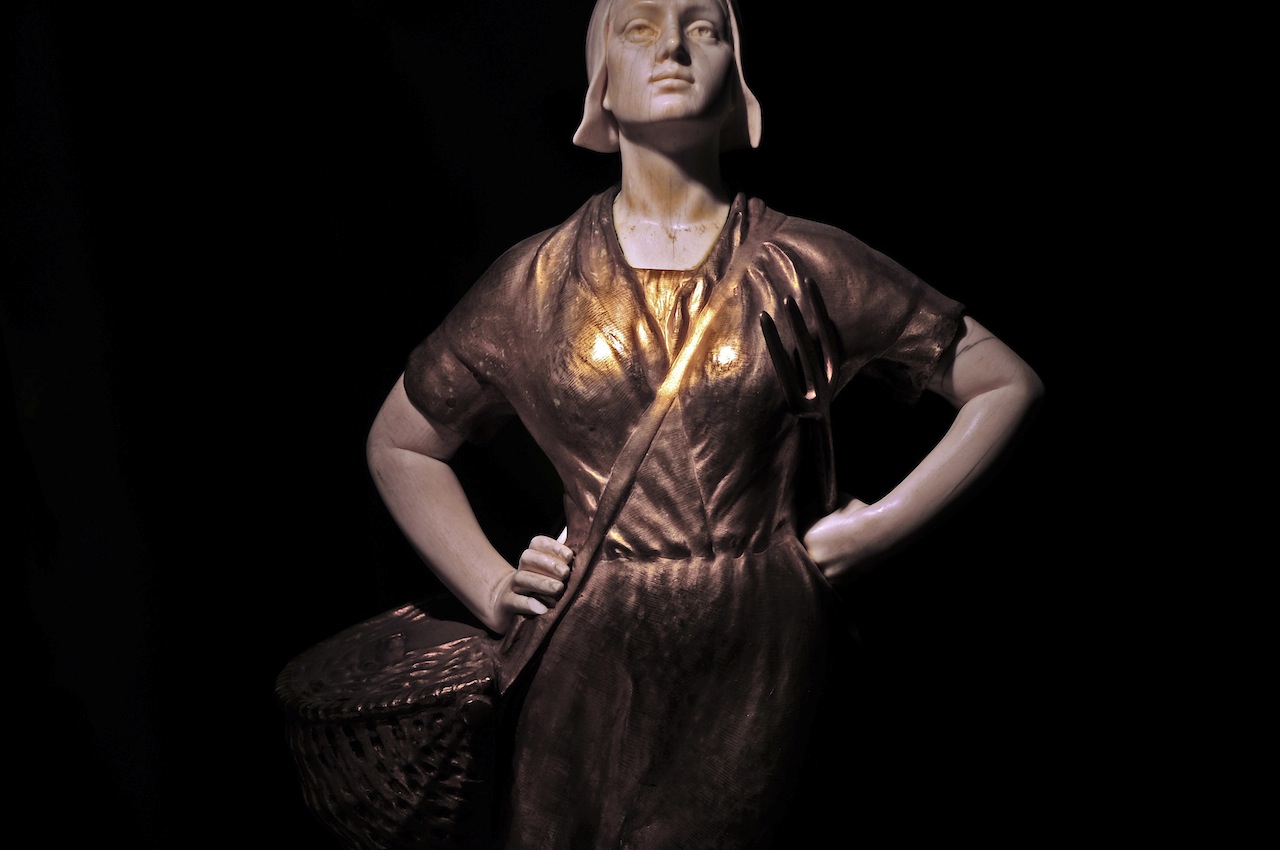
The wife of the fisherman by Franz Heinemann – Germany, 1910 • La moglie del pescatore di Franz Heinemann – Germania, 1910
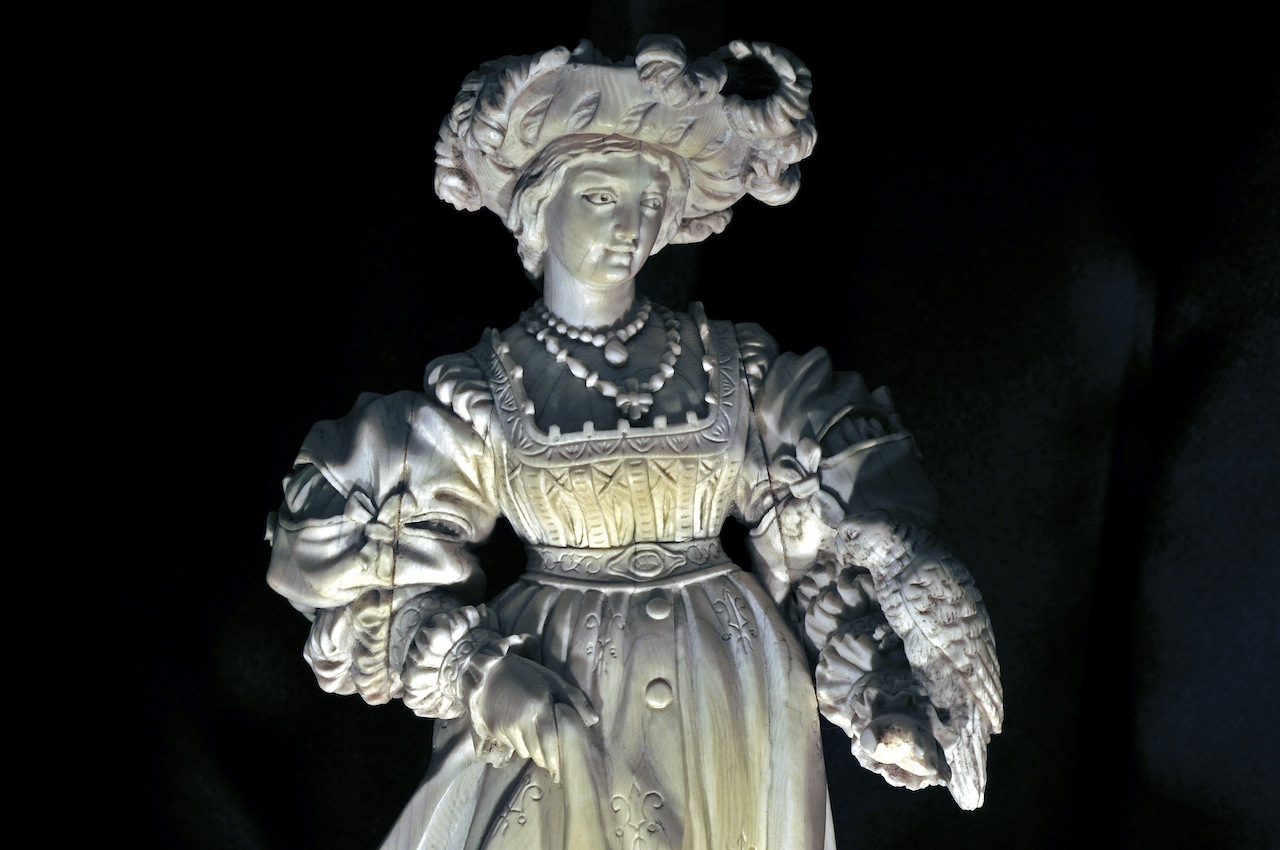
Courtesan – Germany, XIXth century • Cortigiana – Germania, XIX secolo
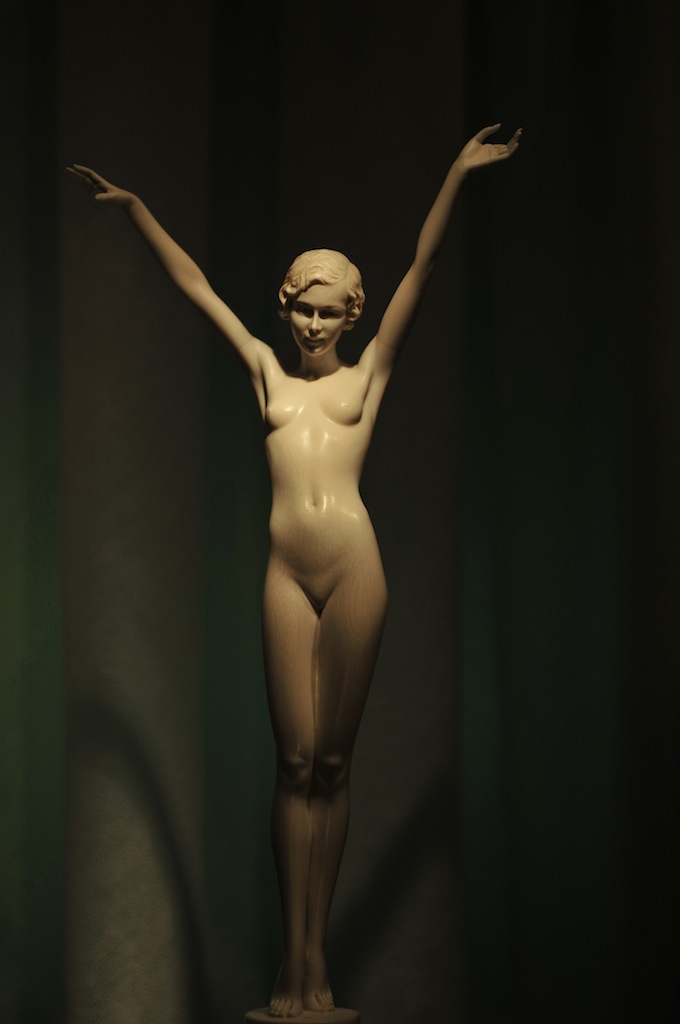
The Youth by Ferdinand Preiss, Berlin about 1920 • La Gioventù di Ferdinand Preiss, Berlino ca. 1920
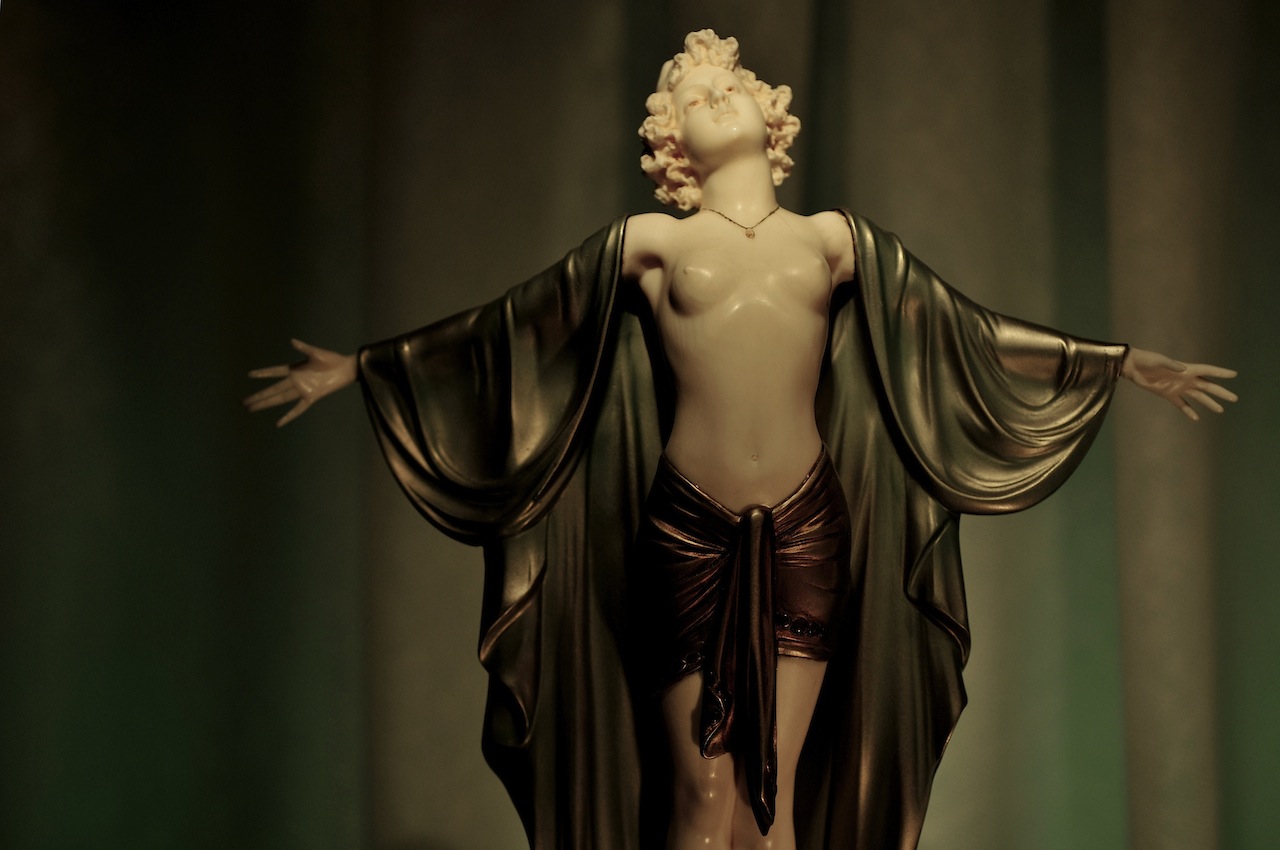
The Awakening of the Spring by Ferdinand Preiss – Germany, (ca. 1920) • Il Risveglio della Primavera di Ferdinand Preiss – Germania, (ca. 1920)
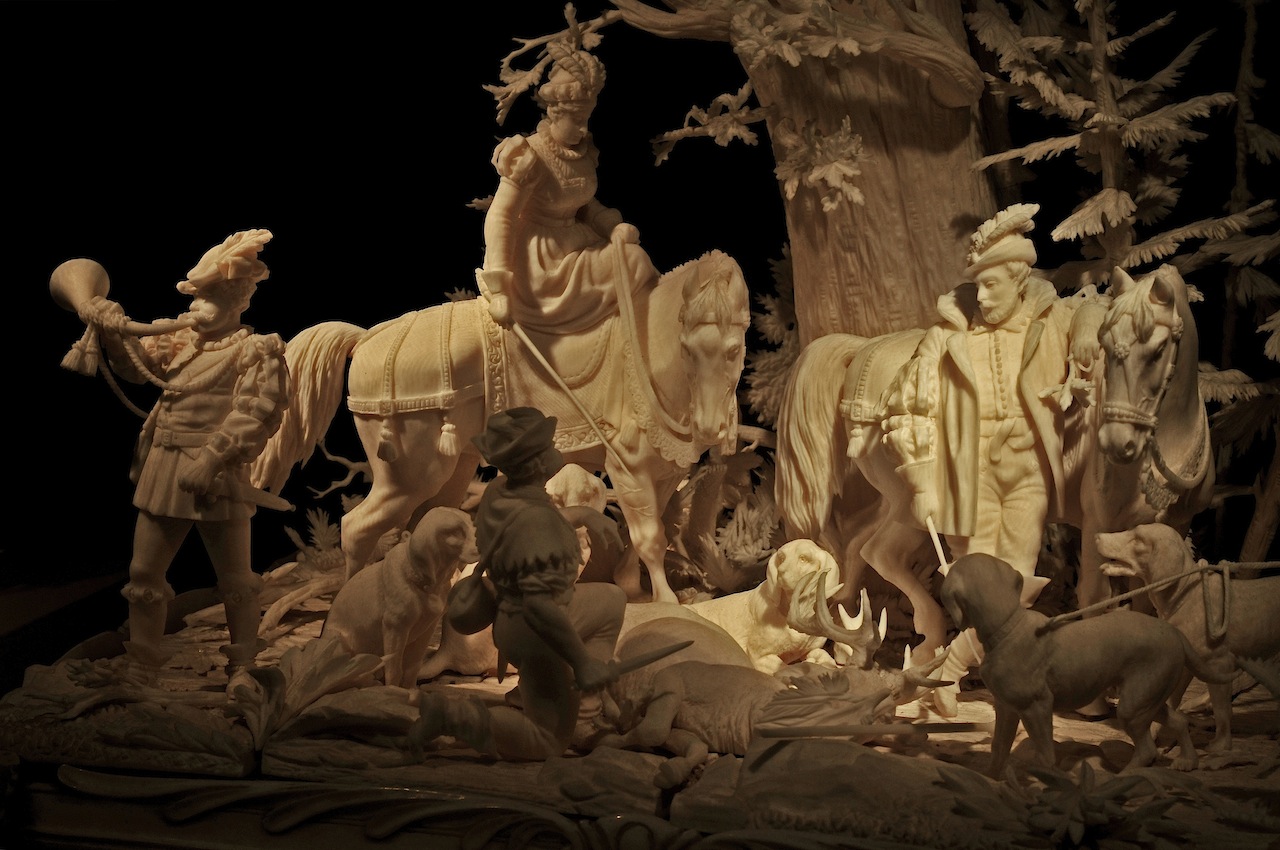
Hunting scene, Karl Gustav Shubo, Offenbach, 1895 • Scena di caccia, Karl Gustav Shubo, Offenbach, 1895
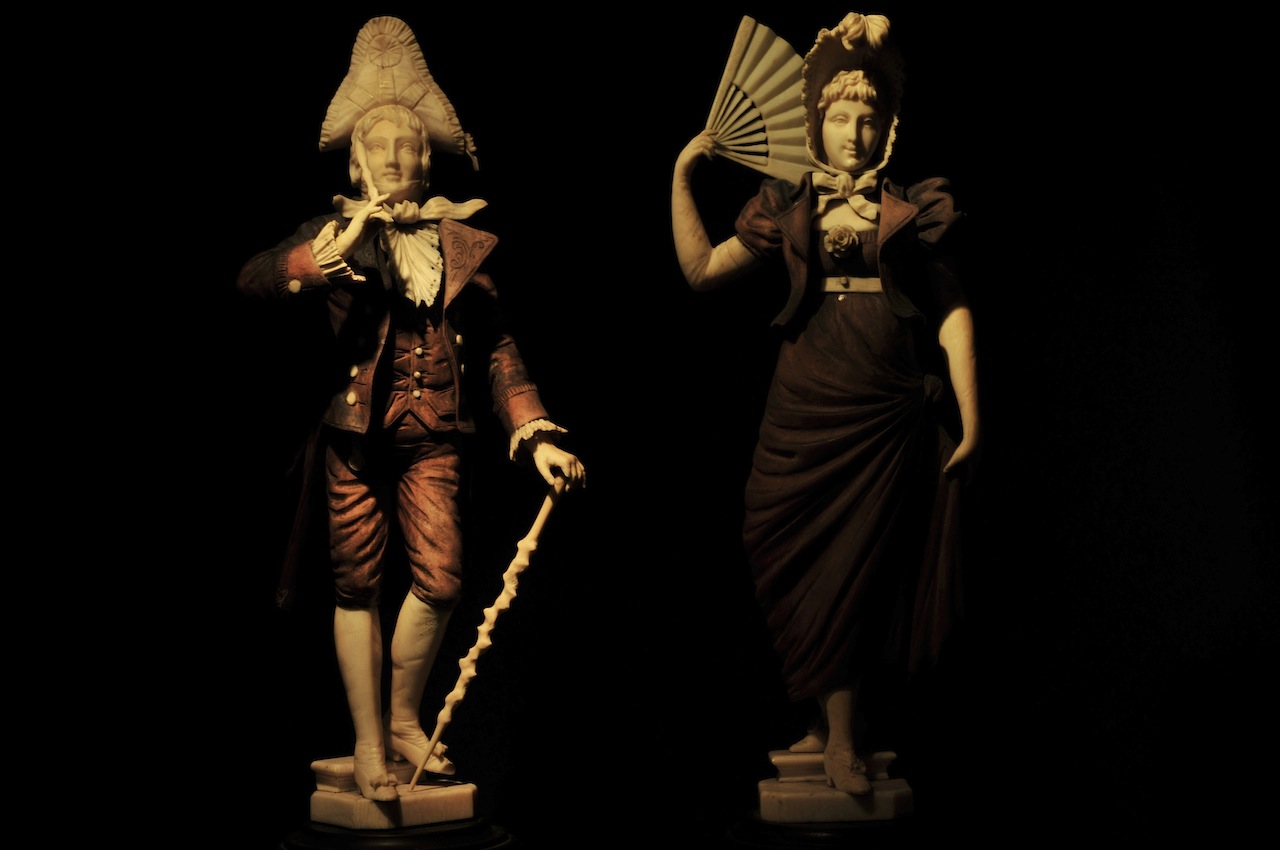
Rococò couple, Otto E. Richter, Dresden, end of XIX century • Coppia rococò , Otto E. Richter, Dresda, fine del XIX secolo
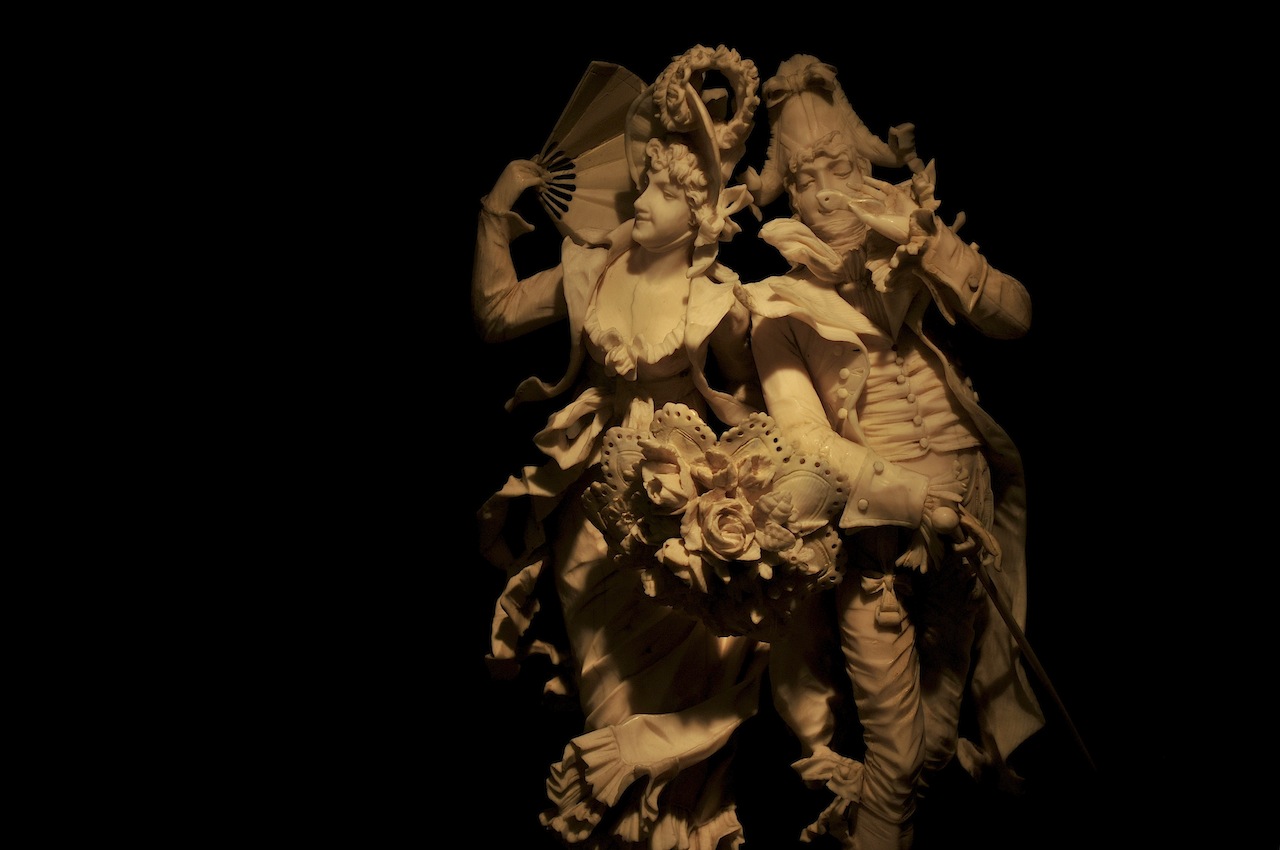
Rococò couple, Otto E. Richter, Dresden, end of XIX century • Coppia rococò , Otto E. Richter, Dresda, fine del XIX secolo

Gala tray by Johann Michael Maucher, Germany, beginning of XIX century • Vassoio di gala di Johann Michael Maucher, Germania,inizi del XIX secolo
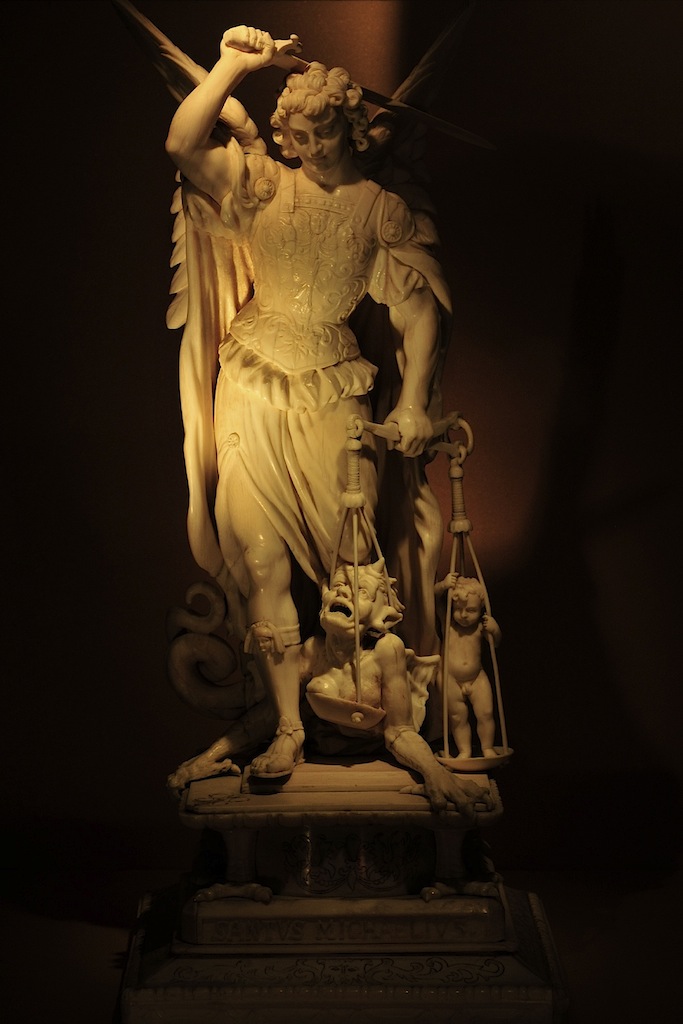
Saint Michel, Germany, XIX century • San Michele, Germania, XIX secolo
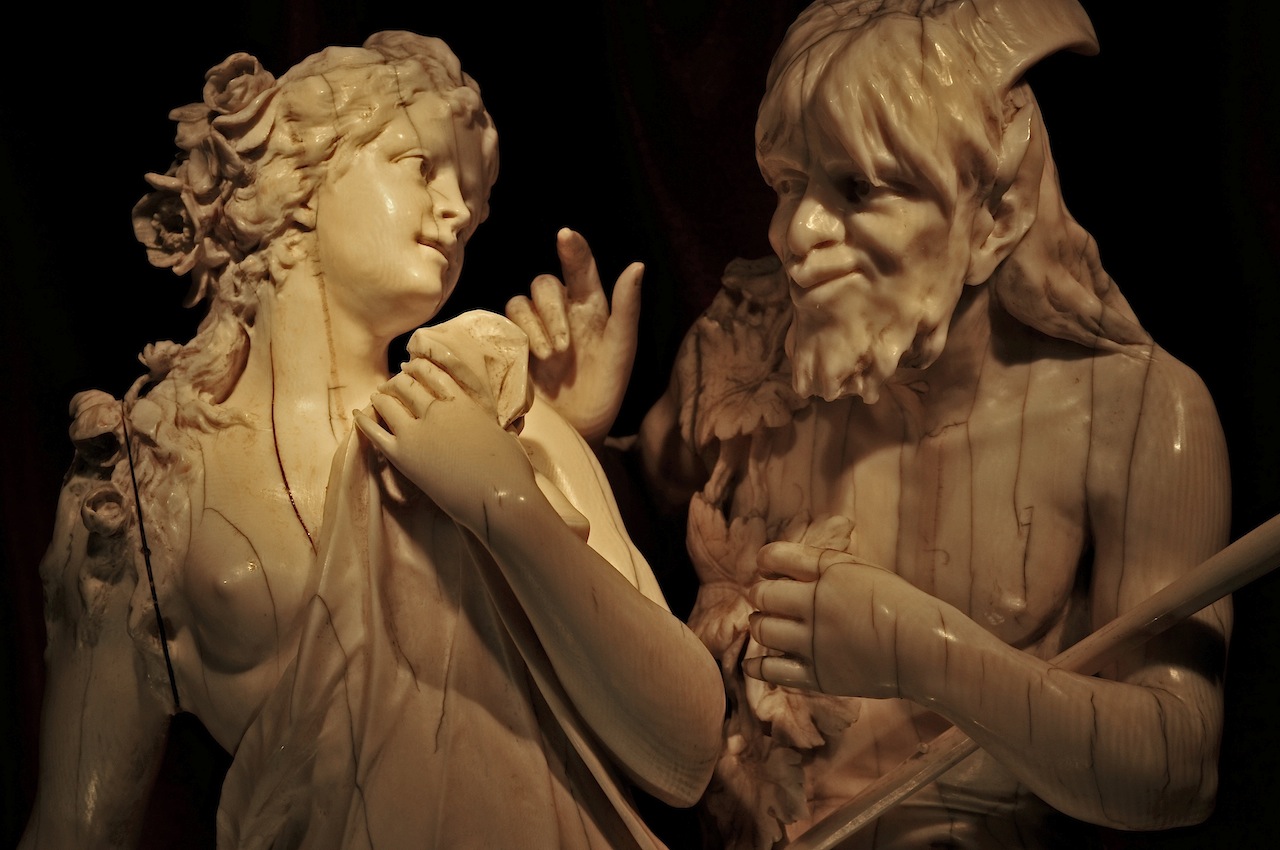
Faunus and nynph by Paul Weissenfels, Dresden, 1890 • Fauno e ninfa di Paul Weissenfels, Dresda, 1890
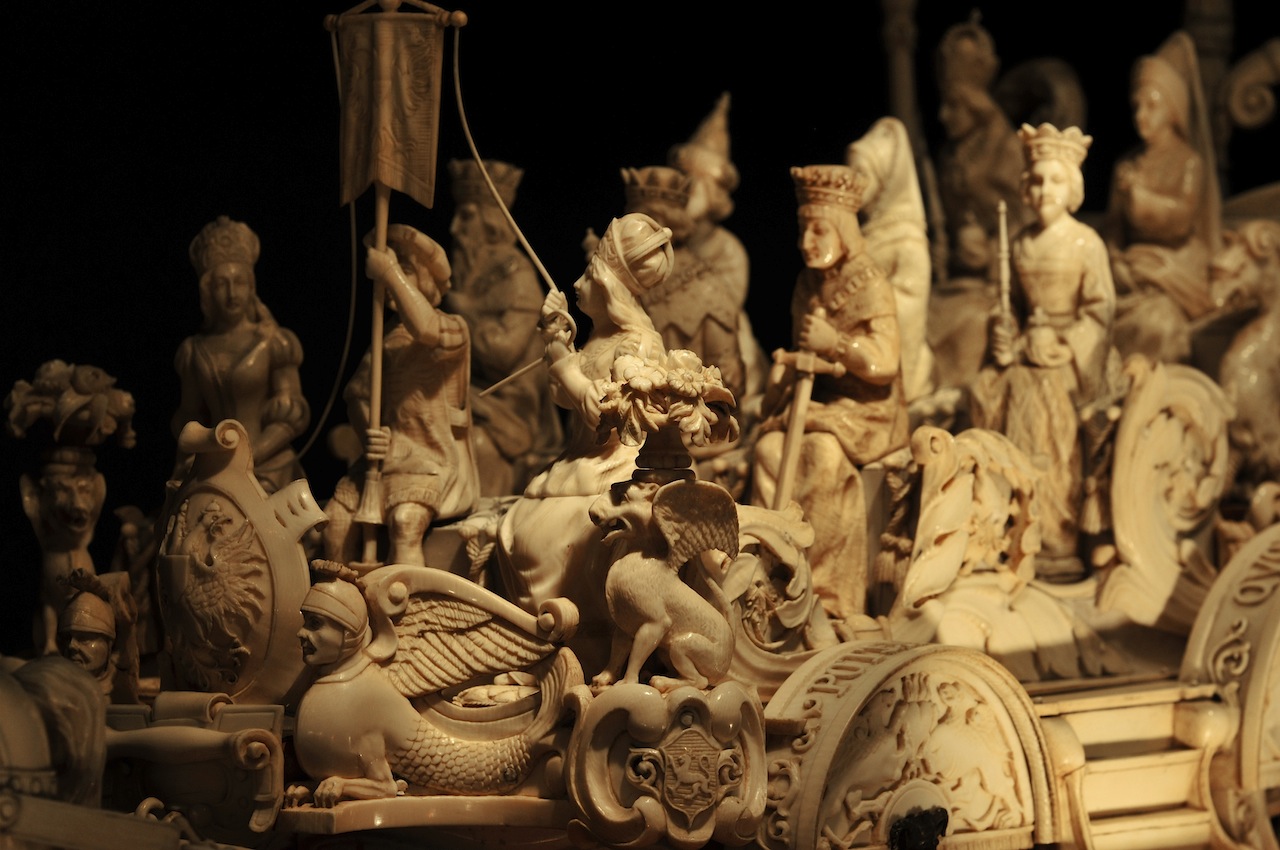
The triumphal car of Emperor Maximilian (after Albrecht Dürer) – Dresden, XIX century • Il carro trionfale dell’imperatore Massimiliano (da un motivo di Albrecht Dürer) – Dresda, XIX secolo